Steven Hung
Advisor: Lancelot Coar
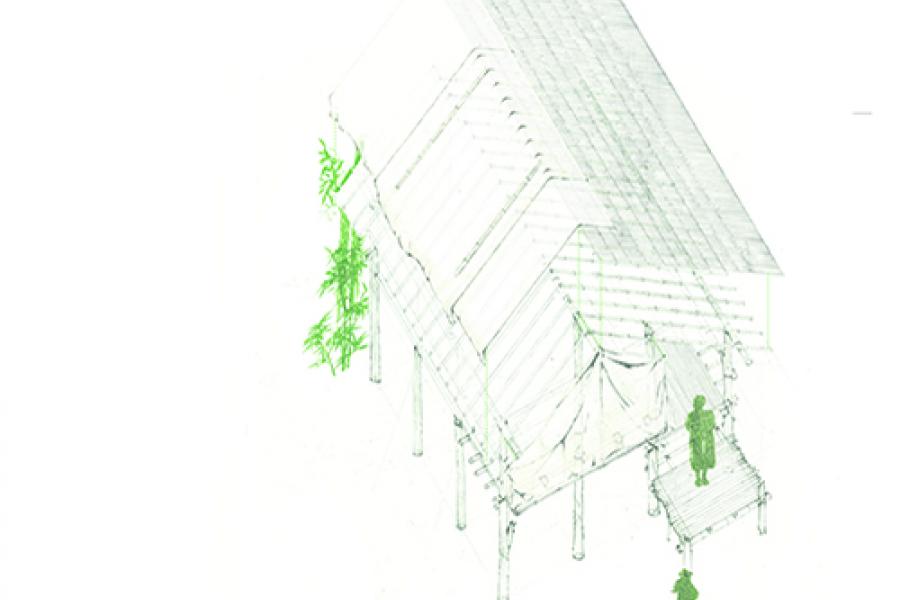
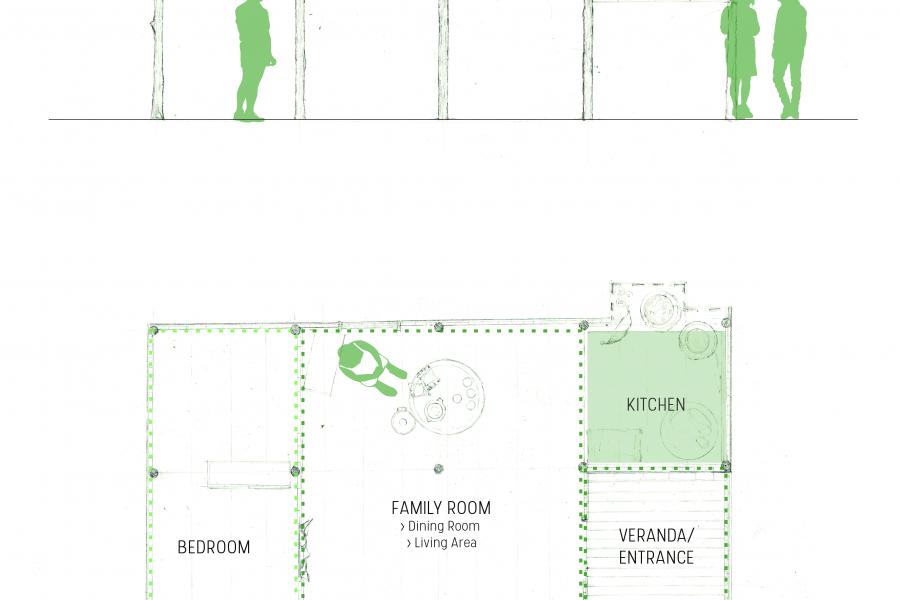
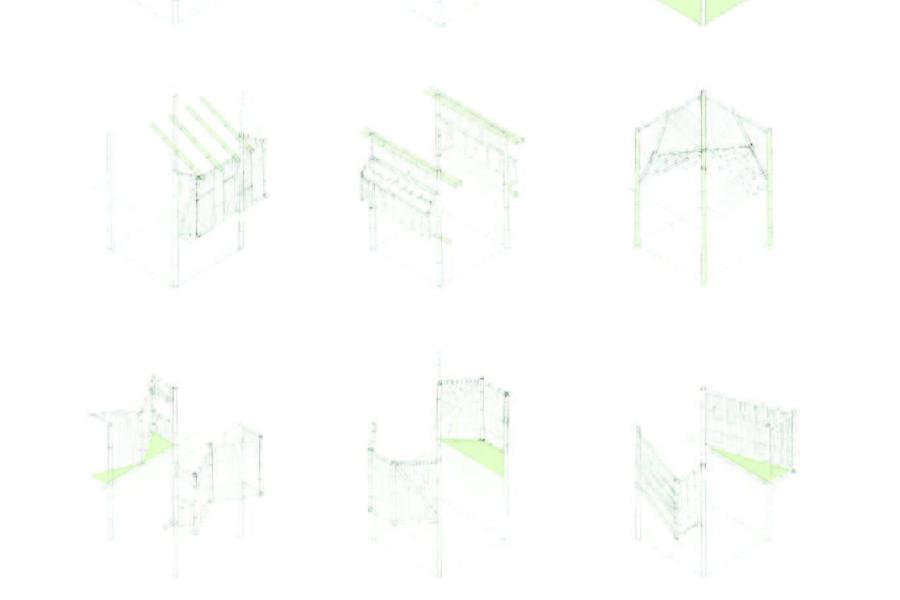
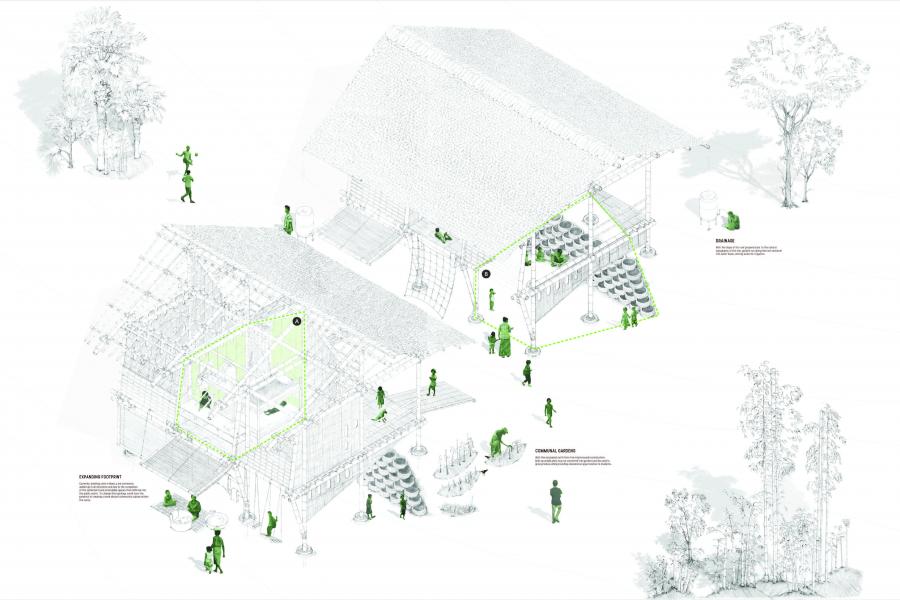
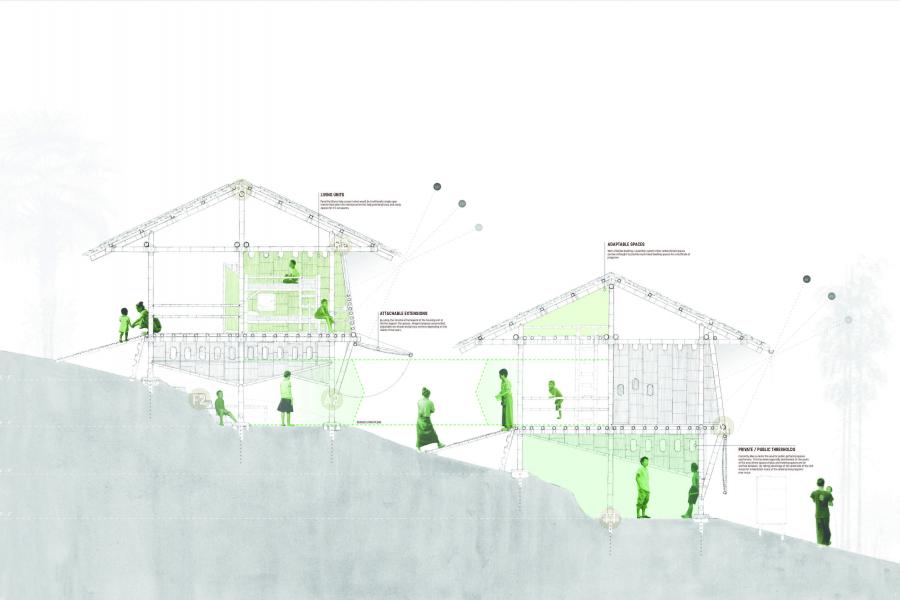
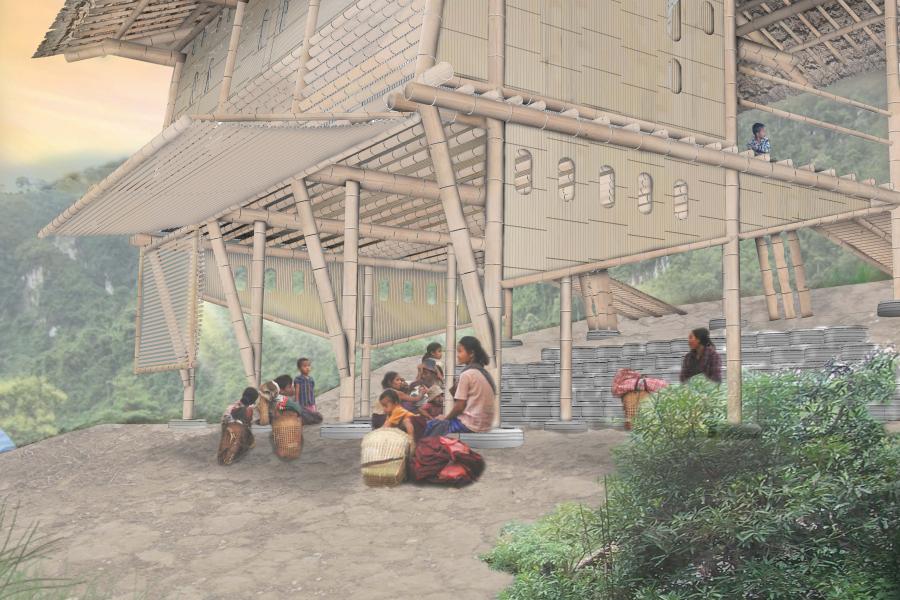
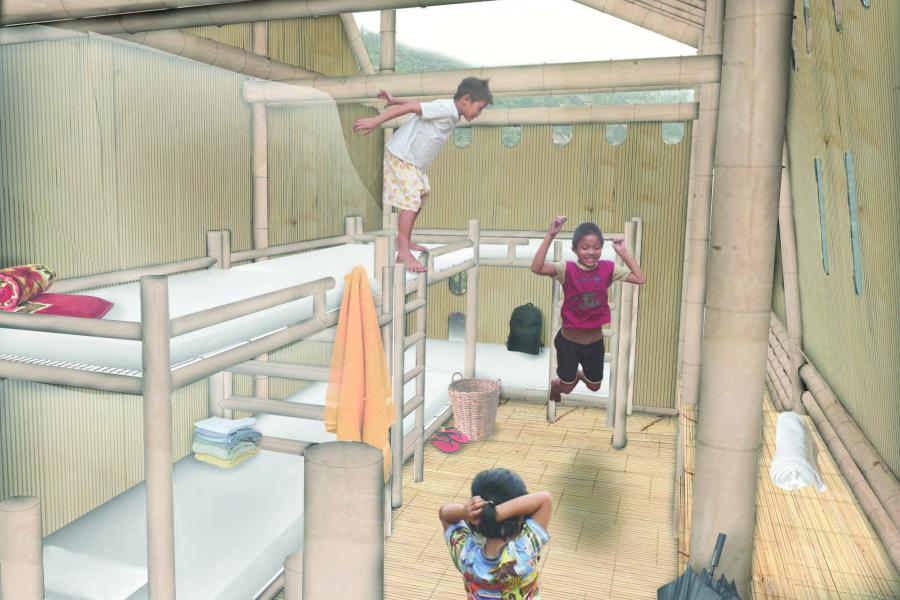
Living in Shelter
An Introduction
The physical delineation of spaces through international and national borders that are enforced by ideological and physical infrastructures (i.e. laws, border control, walls etc) provides a sense of relief to many as it represents a blockade to the constant shifting environment of our global community. While these borders and border areas are often perceived as permanent fixtures (meant to be respected and sovereign) in our society, the reality is they represent some of the most fluid and fluctuating spatial conditions present. This is especially evident in situations of extreme circumstances (i.e. humanitarian crises) where large groups of people to these boundary areas. The refugee predicament in our current world state offers insight into these issues and potential opportunities that arises from this aggravation of our perceived status quo in these border conditions.
The emergence of humanitarian architecture and design in mainstream press and growing general awareness of refugee events within the last few decades has provided a platform for humanitarian projects to gain momentum and instigate a ‘new’ subset of architecture that dives into a realm traditionally underrepresented by architects. While humanitarianism has garnered high admiration for the perceived ethical and honourable intentions associated with the practice, concerns over the limitations in which we discuss and operate in refugee situations due to the protracted states of most displacement predicaments.
Infrastructure in humanitarian aid has predominately been structured in a respectable approach to meet the basic needs of many while accounting for the restrictions and constraints that exist in a displacement event. While such a strategy has been effective in providing relief during the most urgent period of resettlement, there has been a detrimental inability for many humanitarian projects to adapt to the unfortunate long-term realities of displacement events. As refugee environments become increasingly protracted, the current framework places inhabitants in a limbic state that paralyzes the ability for refugees to invest or even have opportunities to have livelihoods.
The thesis takes on a case study dealing with the ephemeral nature of place and structures in border areas with a critique of the current model of design and implementation of displacement infrastructure.
A Statement
Refugees and those in refugee situations at the very end of the day are the same as you and I; with the same needs, wants, hopes and aspirations. At its very core, the only differentiation is situational, however, the approach and language used to describe those in refugee situations is one that organizes individuals to a set of numbers and statistics which only works to alienate and dehumanize. It is this project’s stance that such an approach is damaging and proves an unsettling fact that the livelihoods of individuals affected by displacement are unfortunately not emphasized in current humanitarian strategies. How then can an architectural humanitarian project take the focus from the quantitative values and restructure the way we approach the infrastructure in terms of the qualities of life we all hope for.
